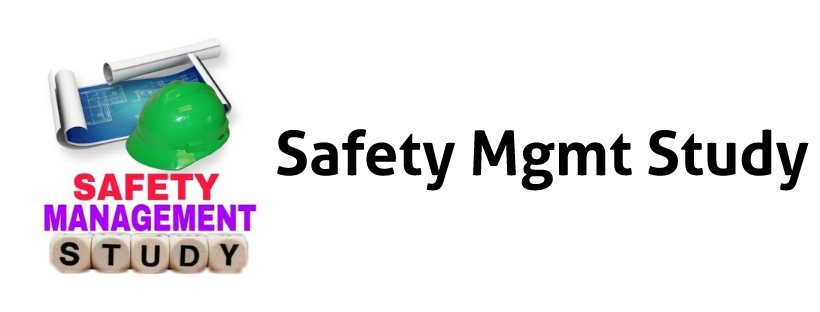A Guide on How to Qualify for ASP Certification
Introduction:
Achieving the Associate Safety Professional (ASP) certification is a significant milestone in the field of occupational safety. Whether you're a seasoned safety professional or just starting your career in safety management, earning the ASP certification can open doors to new opportunities. In this guide, we'll walk you through the essential steps on how to qualify for the ASP certification, ensuring you are well-prepared for success.
1. Understanding ASP Certification:
To qualify for the ASP certification, it's crucial to have a clear understanding of the certification itself. The ASP certification is offered by the Board of Certified Safety Professionals (BCSP) and is designed for individuals who demonstrate foundational knowledge in safety practices. Familiarize yourself with the ASP blueprint and competencies to know exactly what topics will be covered in the exam.
2. Meeting Educational Requirements:
One of the primary requirements for ASP certification is meeting specific educational criteria. Typically, candidates need a bachelor's degree in any field or an equivalent combination of education and experience. Ensure that your educational background aligns with the BCSP's requirements, and gather the necessary documentation to prove your eligibility.
3. Gaining Relevant Work Experience:
To qualify for ASP certification, candidates must also have relevant work experience in the safety field. The BCSP typically requires a minimum of one year of professional safety experience. Ensure that your work experience aligns with the competencies outlined in the ASP blueprint, demonstrating your ability to apply safety principles in real-world scenarios.
4. Preparing for the ASP Exam:
Success in the ASP exam requires thorough preparation. Utilize study materials provided by the BCSP, such as the ASP Exam Blueprint and the Safety Fundamentals (ASP9) reference. Consider enrolling in preparatory courses or utilizing online resources to enhance your knowledge and understanding of the exam content.
5. Taking Practice Exams:
Taking practice exams is a crucial step in your preparation journey. Practice exams not only familiarize you with the format and structure of the ASP exam but also help identify areas where you may need additional study. Utilize BCSP-provided practice exams and other reputable resources to assess your readiness.
6. Applying for the ASP Exam:
Once you've met the educational and experience requirements, it's time to apply for the ASP exam. Submit your application through the BCSP website, ensuring that all required documentation is included. Be mindful of deadlines and application fees to avoid any delays in the certification process.
The cost of the Associate Safety Professional (ASP) exam, which is administered by the Board of Certified Safety Professionals (BCSP), was around $350 USD. However, exam fees can be subject to change, and it's essential to check the most recent information on the BCSP website or contact the BCSP directly for the latest details regarding exam costs.
Keep in mind that additional fees, such as application fees and fees for study materials, may also apply. Always verify the most up-to-date information to ensure accurate planning and budgeting for the ASP certification process.
Conclusion:
Qualifying for the ASP certification is a rewarding process that requires a combination of education, experience, and diligent preparation. By understanding the certification requirements, meeting educational criteria, gaining relevant work experience, and thoroughly preparing for the exam, you'll position yourself for success. Remember, achieving ASP certification not only validates your expertise in safety but also opens doors to new career opportunities in the dynamic field of occupational safety.


%20certific.JPG)
.jpg)









.png)


0 Comments